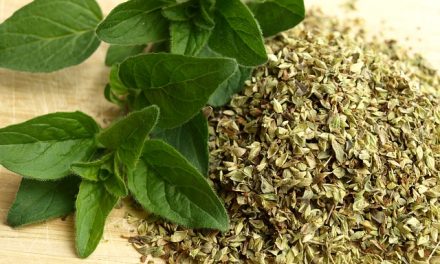Studies now suggest that the healthful eating habits recommended to lower your risk of cancer may also help prevent the most common cause of irreversible blindness that occurs among people in developed countries. Although age-related macular degeneration (AMD) is still not fully understood, experts say it may stem from damage caused by oxidation reactions. A past large study showed that high doses of antioxidant supplements might slow a person�s progression from early to late AMD. Research does not suggest taking high-dose supplements for prevention of AMD, however.
The past study that tested the ability of antioxidants to fight AMD was the important Age-Related Eye Disease Study (AREDS). In it, supplements of five to 13 times the recommended amounts of beta-carotene, vitamins C and E, and the mineral zinc were given to patients who had early AMD, which was identified by an examination of the retina, or late-stage AMD in which one eye had significantly worsening vision.
After five years, supplement usage was linked with a 25 percent less progression to late-stage AMD. Because studies don�t show any benefit to early supplementation in preventing AMD, researchers recommend lifestyle steps to lower the risk of developing AMD. A balanced diet with plenty of vegetables, sunglasses with UV protection and a hat to limit sunlight damage to your eyes are the best practices.
Lifestyle steps are supported by a new large study that positively reports on the ability of a diet with food sources of the antioxidant nutrients used in AREDS to lower the risk of AMD. This new study followed men and women at least 55 years old who had no AMD in either eye at the beginning of the study. After an average of eight years, those whose diets ranked in the top half of the group for vitamins C, E, beta-carotene and zinc were 35 percent less likely to have developed AMD. Eliminating people who used any supplements from the analysis left the results virtually unchanged.
The levels of vitamin E linked to AMD protection in this study ranged from 20 to 30 International Units (IU). This range differs tremendously from the doses of about 400 IU of this vitamin associated with some health risks in other recent studies. The researchers of this new study also emphasize that diets rich in several antioxidants seem to lower AMD risk more than high amounts of any single antioxidant.
To get the levels of vitamins C and E, beta-carotene and zinc linked with lower AMD in this new study, you should eat these key foods each day as part of a balanced diet: 6 or more servings of vegetables and fruits (at least 1 ? cups of dark green and 1 cup of orange vegetables per week); 3 or more servings of whole grains; 4 to 6 ounces of meat, poultry or seafood (or bean equivalents); 5 to 7 teaspoons of oils like olive and canola; and about 1 ounce of nuts.
Several large studies also suggest that eating fish at least twice a week may substantially reduce AMD risk. Too much total fat consumption, however, particularly too much polyunsaturated fat, which is found in fish, may increase AMD risk. This fat�s chemical structure seems especially vulnerable to oxidation reactions that are thought to damage the eye.
In another new study, women who selected foods with the highest glycemic index had more than twice the rate of very early AMD. These women�s diets tended to be high in sweets and refined grains and low in beneficial vegetables, fruits and whole grains.
The link between their diet and AMD held fast, even after researchers factored in the amount of fat and lack of antioxidant nutrients in their diets. Perhaps, too many refined carbohydrates encourage inflammation and tissue damage. The women�s shortage of nutrients and phytochemicals from healthful foods could also explain their extra AMD risk.
0
AICR






